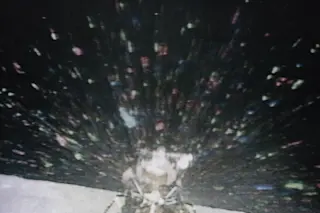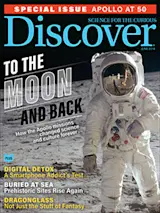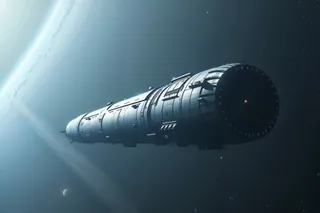Neil Armstrong’s first lunar footstep is ingrained in the minds of all humankind. But that first moon landing might not have been such a memorable moment if it weren’t for NASA’s savvy PR team.
Richard Jurek is a marketing executive and co-author of the book Marketing the Moon: The Selling of the Apollo Lunar Program. He says NASA’s move to real-time, open communication made the 1969 Apollo 11 landing “the first positive viral event that captured the world’s attention.”
Before NASA was established in 1958, rockets were the military’s purview; that secretiveness carried over into the space agency’s early days. At first, NASA followed a “fire in the tail” rule, only publicizing a rocket’s launch when it was successfully in the air.
But as the agency evolved, it started announcing more details about the Apollo program. It championed its astronauts, talked openly about mission goals and challenges, and shared launch ...















